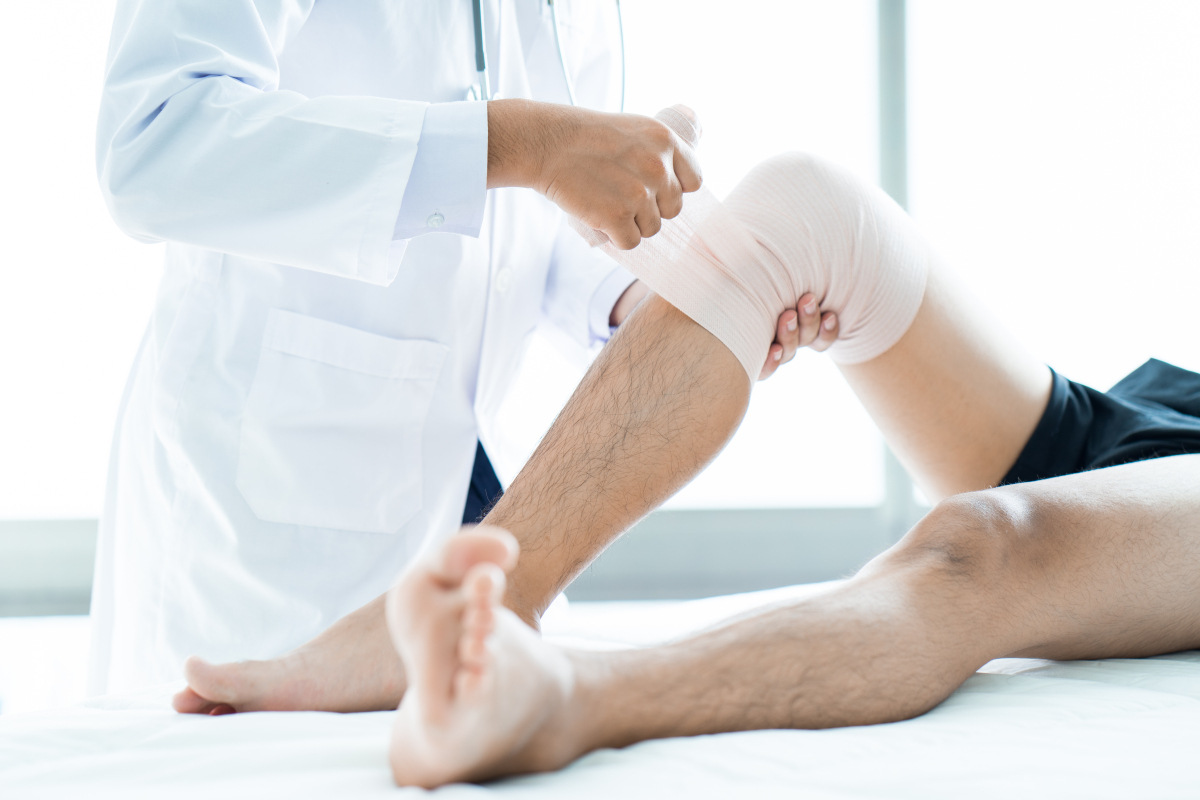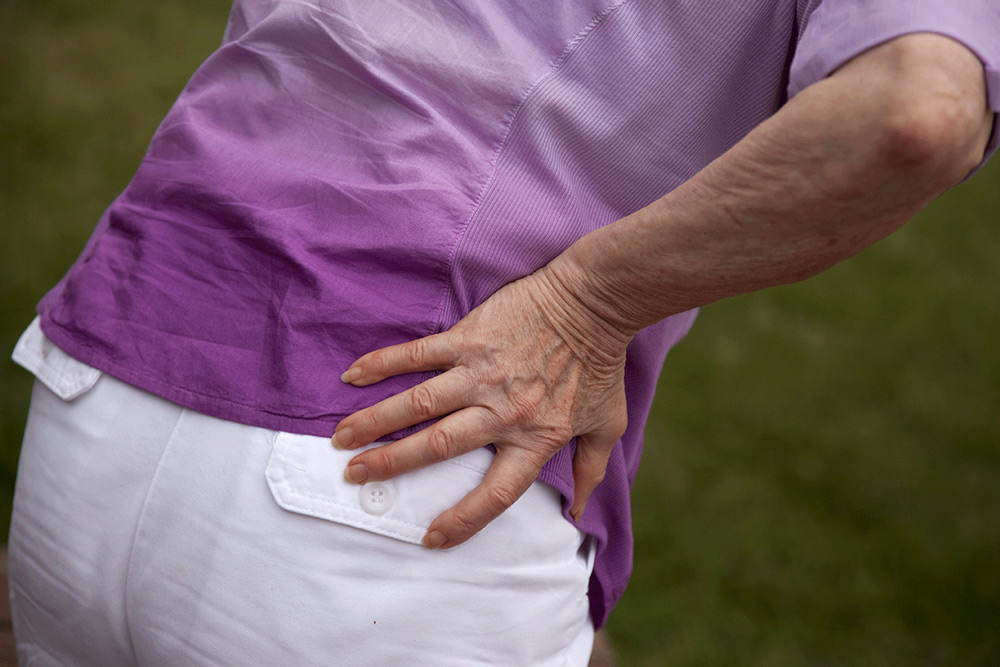Does it Reduce Dependency on Walking - Aid ?
Surgery performed with True Align Technique will considerably reduce the dependency of walking aid during post-operative recovery. With a well aligned knee patients will be able to stand upright and walk normally with minimal walking aid with in 2 - 3 days of surgery.
Total Hip Replacement Surgery / Total Hip Arthroplasty (THR)
If your hip has been damaged by arthritis, a fracture or other conditions, common activities such as walking or getting in and out of a chair may be painful and difficult. You may even feel uncomfortable while resting.
If medications, changes in your everyday activities, and the use of walking aids such as a cane are not helpful, you may want to consider hip replacement surgery. By replacing your diseased hip joint with an artificial joint, hip replacement surgery can relieve your pain and help you get back to enjoying normal, everyday activities.
Overall - Improving your quality of life and once again getting you back on your feet.






